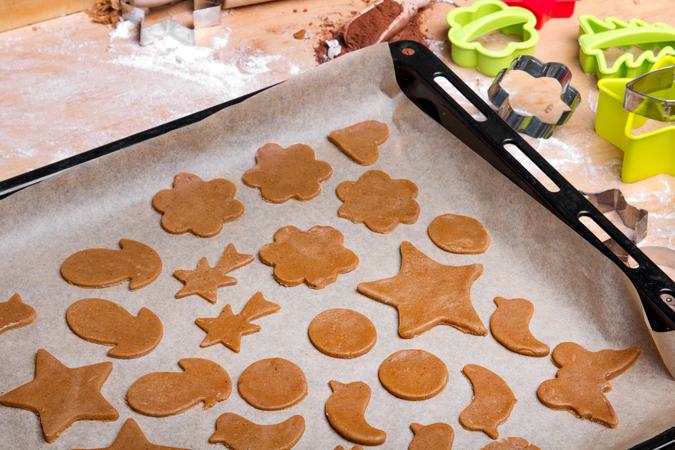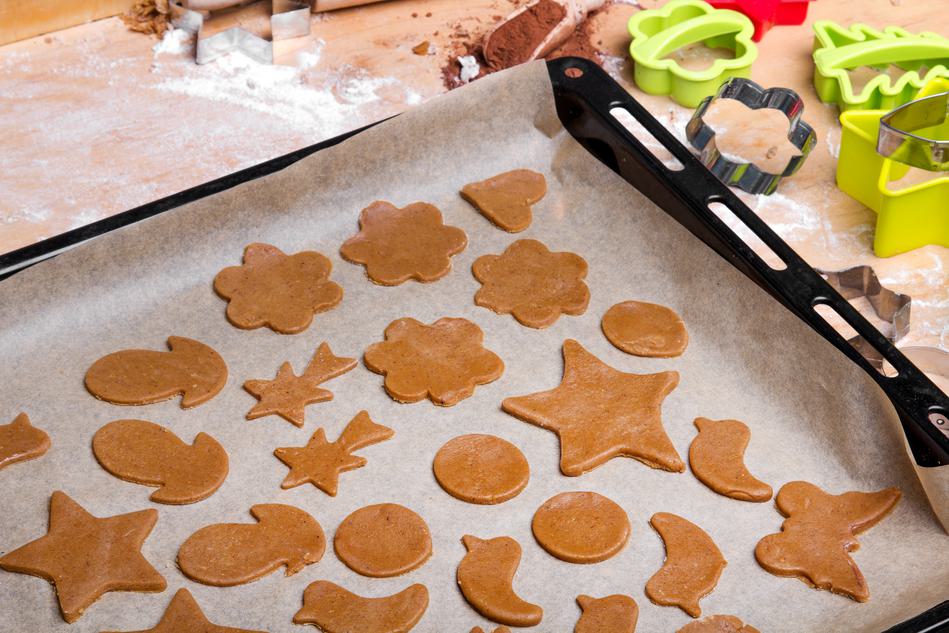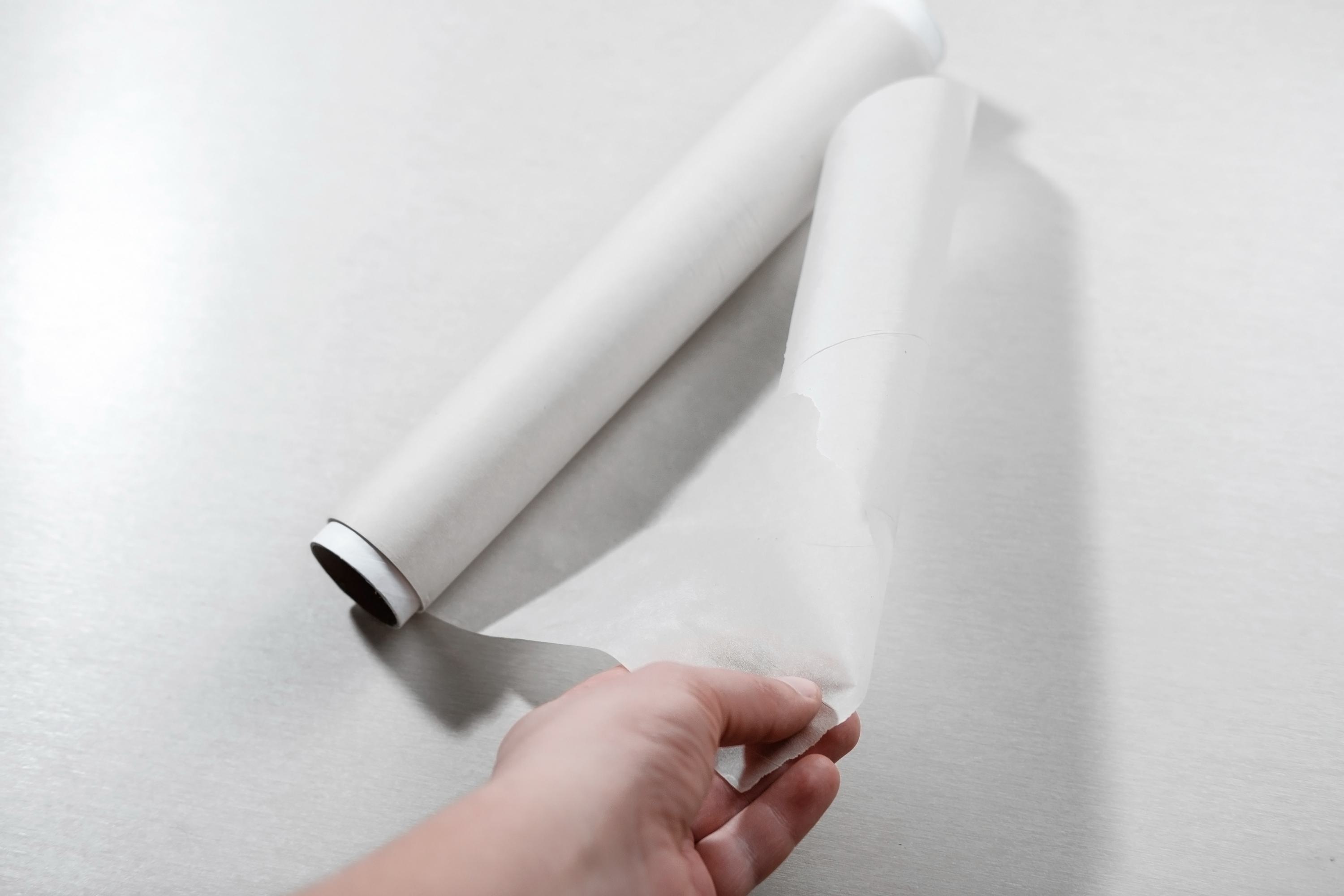


 Wax paper is the more common of these two types of paper, and its often used as a catch-all term for a few different types of paper, including parchment paper. Waxed paper has been used in some form as far back as the Middle Ages, although we dont think their methods are ones youd like to utilize in your kitchen today.
Throughout the 18th century, purified earwax was actually used to cover papers that would wrap foods with strong aromas or keep moisture off of certain foods. Yep, thats right . . . earwax. Luckily, we no longer resort to such extreme measures. Paraffin wax was introduced as a paper coating in 1876, which is similar to our wax paper today.
Wax paper, also known as paraffin paper or waxed paper, is simply a paper that has been embedded or coated with wax on one or both sides. The most common use of wax paper is in cooking or baking, but it has several other purposes as well. Wax paper is often used in arts and crafts, has been used in film photography and is also used to wrap things like razor blades to protect them from moisture. However, we are mostly going to focus on wax papers functionality in the kitchen today!
Wax paper is the more common of these two types of paper, and its often used as a catch-all term for a few different types of paper, including parchment paper. Waxed paper has been used in some form as far back as the Middle Ages, although we dont think their methods are ones youd like to utilize in your kitchen today.
Throughout the 18th century, purified earwax was actually used to cover papers that would wrap foods with strong aromas or keep moisture off of certain foods. Yep, thats right . . . earwax. Luckily, we no longer resort to such extreme measures. Paraffin wax was introduced as a paper coating in 1876, which is similar to our wax paper today.
Wax paper, also known as paraffin paper or waxed paper, is simply a paper that has been embedded or coated with wax on one or both sides. The most common use of wax paper is in cooking or baking, but it has several other purposes as well. Wax paper is often used in arts and crafts, has been used in film photography and is also used to wrap things like razor blades to protect them from moisture. However, we are mostly going to focus on wax papers functionality in the kitchen today!